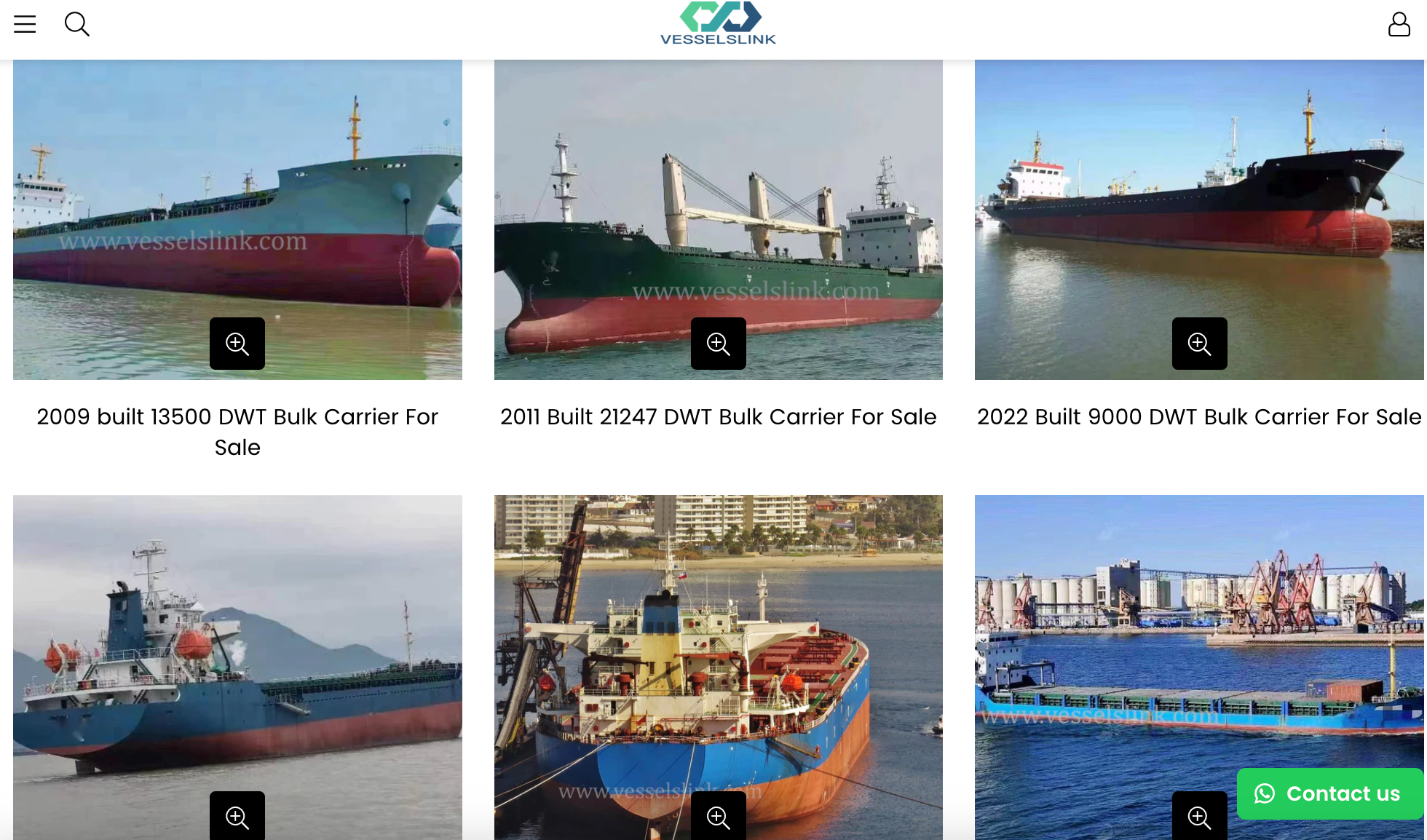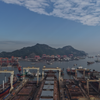
Bulk carrier is a kind of cargo merchant ship with the characteristics of large capacity, safety and efficiency.
The first bulk carrier was built in 1852 and now specializes in transporting bulk trade items such as grain, coal, ore, cement, etc. Bulk carriers account for 15% to 17% of the world's merchant fleet.
From small bulk carriers to large ore carriers capable of carrying 2000 tons to heavy tonnage (DWT) up to 400,000 tons.
Most of the bulk carrier vessels originate from China, Japan and Greece, with more than Panamanian registrations. 82% of bulk carriers are built in Asia, with China building the largest volume by gross tonnage.
Bulk carrier ship drawing with parts


Bulk carriers are vessels designed to carry very large quantities of cargosuch as grain, coal or iron ore. In effect, they are rectangular boxes dividedinto compartments, with machinery and crew accommodation tacked onthe stern, as shown diagrammatically in Fig. 3.8. Typically such vessels could be 1000 ft long, 100 ft high and 150 ft wide, and contain 30 000 tons of welded steelwork. Bulkheads are usually corrugated in form and there is a complex system of internal stiffeners, attached to the steel plates by fillet welds. In many cases the material used has been Lloyd’s Grade A steel or equivalent. This is a general-purpose grade and is not subject to impact testing.
The traditional second-hand ship trading market remains in China, Japan, and South Korea. Due to the price advantage of Chinese ships and the rapidly improving ship quality in the past decade, more and more international buyers and sellers are seeking China as a second-hand ship trading market.
VesselsLink - Professional bulk carrier vessels trading platform

This platform can provide new ship manufacturing, second-hand ships trading. by providing competitive service and price, it has obtained many customers, especially Southeast Asian people who are sensitive to ship price.








